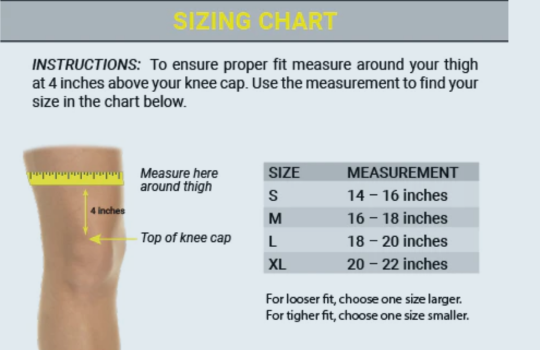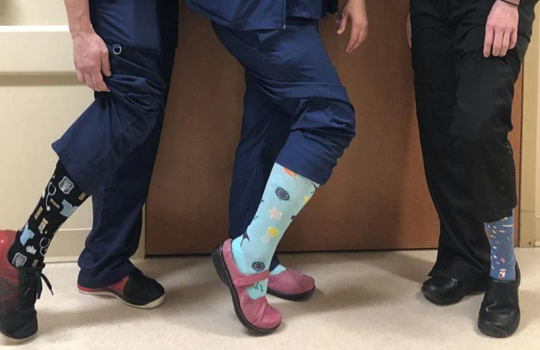Table of Contents
Introduction
Compression socks have gained popularity recently for their potential benefits in promoting better circulation, reducing muscle soreness, and aiding recovery. compression socks have garnered significant attention among the various types of Misconceptions about compression socks available. However, with their growing popularity has come numerous misconceptions surrounding them. By providing accurate information in this blog, we will address some common misperceptions about copper compression socks so you can make informed decisions regarding their usage.
Misconceptions about Copper Compression Socks Guarantees Health Benefits
One of the main misconceptions surrounding compression socks is that merely including copper ensures a broad spectrum of health advantages. While copper is undeniably a vital element crucial for various physiological functions within our bodies, the efficacy of copper infused compression socks in conferring health benefits necessitates a more thorough analysis.
Research exploring the potential health benefits of fabrics infused with copper is still in its early stages, with limited evidence supporting specific health related claims. Although copper possesses antimicrobial properties, the concentration in compression socks alone might not be substantial enough to result in significant antibacterial advantages. Hence, any potential benefits must be evaluated considering factors such as the compression level and the overall quality of the sock.

Misconception 2: Copper Compression Socks Offer Magical Pain Relief
Another common misconception is that copper compression socks will instantly relieve pain and discomfort, especially in individuals with arthritis or joint pain. While compression socks, including copper infused ones, can aid in promoting blood circulation and reducing swelling, they are not a magical solution for all types of pain.
Individual responses to compression therapy vary, and the effectiveness of compression socks will depend on factors such as the severity of the condition, the individual’s overall health, and compliance with usage instructions. Consulting a medical professional before relying solely on compression socks for pain relief.
Misconception 3: Compression Socks Replace Medical Treatments
Copper infused compression socks should not be regarded as a substitute for medical interventions or treatments prescribed by healthcare experts. While they may enhance specific therapies, they cannot replace the guidance of medical professionals or recommended medical procedures.
If you have an existing medical condition, it is vital to seek advice from your physician before incorporating compression socks into your regimen, mainly if they are intended to be part of your treatment strategy. Healthcare professionals are equipped to offer tailored suggestions that align with your unique health requirements.
Misconception 4: One Size Fits All
Assuming that all compression socks, including copper compression socks, come in a universal size that fits everyone is a misconception. Proper fit is essential for the effectiveness and comfort of compression socks. Ill fitting socks can lead to discomfort, chafing, and even worsen circulation issues.
Variations in compression levels and sizes are shared among different brands and manufacturers. It is advisable to thoroughly review the sizing charts offered by the manufacturer and select an appropriate size based on your measurements. Furthermore, consider the level of compression necessary for your specific condition, as distinct compression levels deliver different pressure levels.
Misconception 5: All Copper Compression Socks are Created Equal
Not all copper compression socks on the market are of the same quality or efficacy. Some socks claim to be copper infused but have minimal actual copper content. When selecting compression socks, it’s essential to research reputable brands that provide transparency about their materials and manufacturing processes.
Look for socks tested and certified for their compression levels and copper content. Reading reviews and seeking recommendations from medical professionals can also help you decide which brand to choose.

Conclusion
Incorporating copper compression socks into your self care regimen is beneficial, mainly when provided with instructions and consultation with medical guidance. Nevertheless, it’s crucial to approach their use with practical expectations and a clear understanding of their benefits and limitations. Seeking advice from a healthcare expert and engaging in comprehensive research can aid in selecting the appropriate copper compression socks that correspond to your specific health objectives. It’s worth keeping in mind that while copper compression socks offer potential benefits, they constitute just a single element in the broader scheme of maintaining your overall well being.
Want to explore more about knee high socks? Check out our comprehensive guide on knee high socks for further insights after you’re done here.






